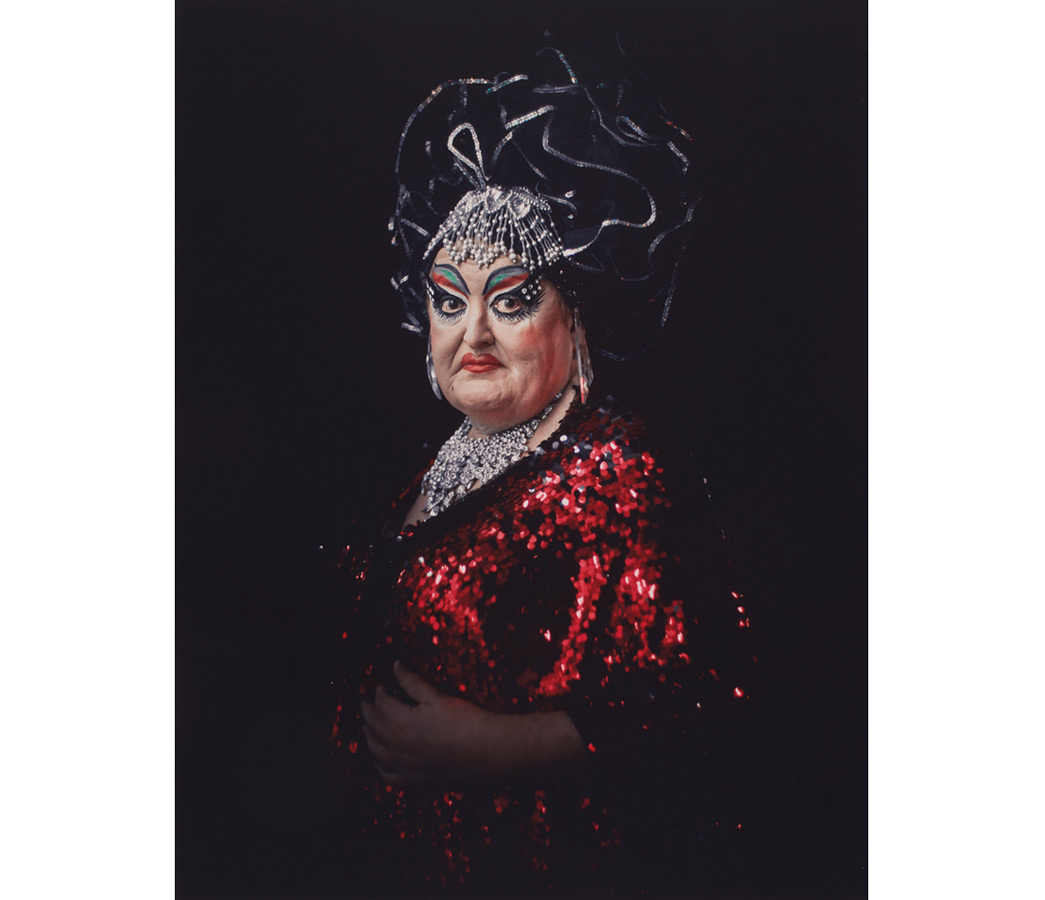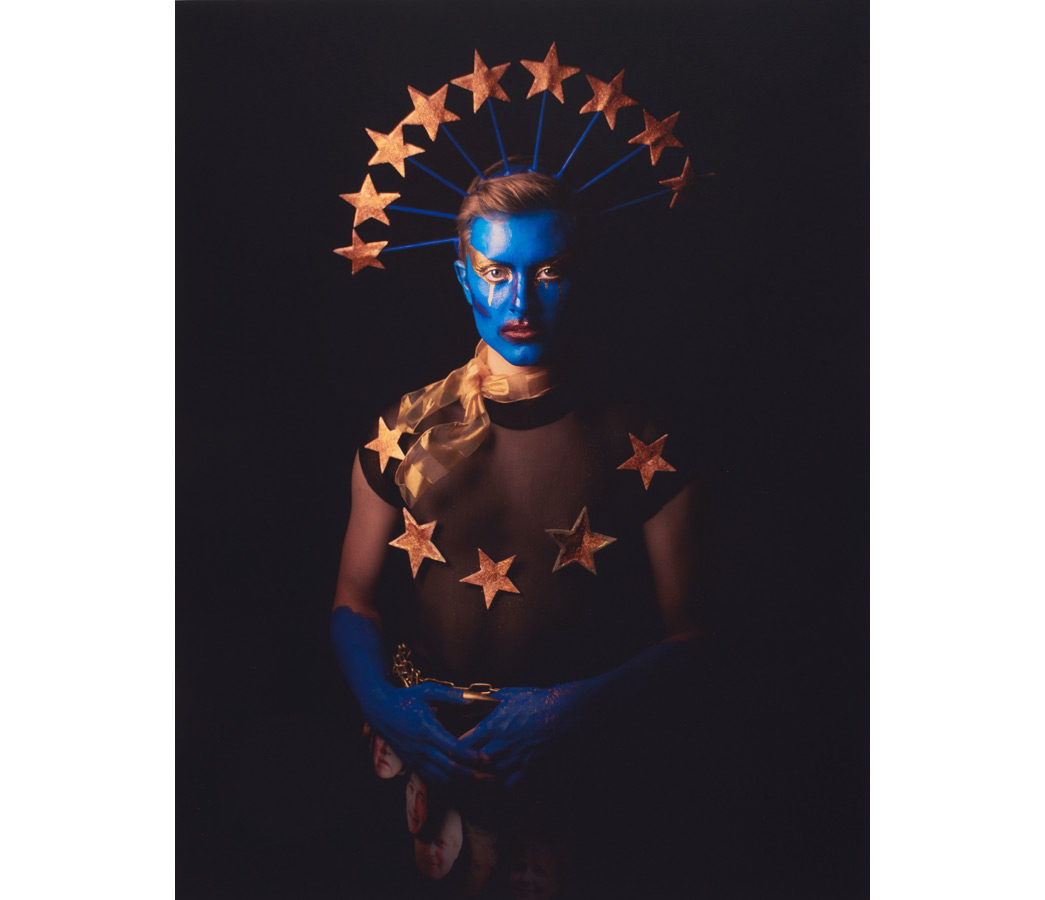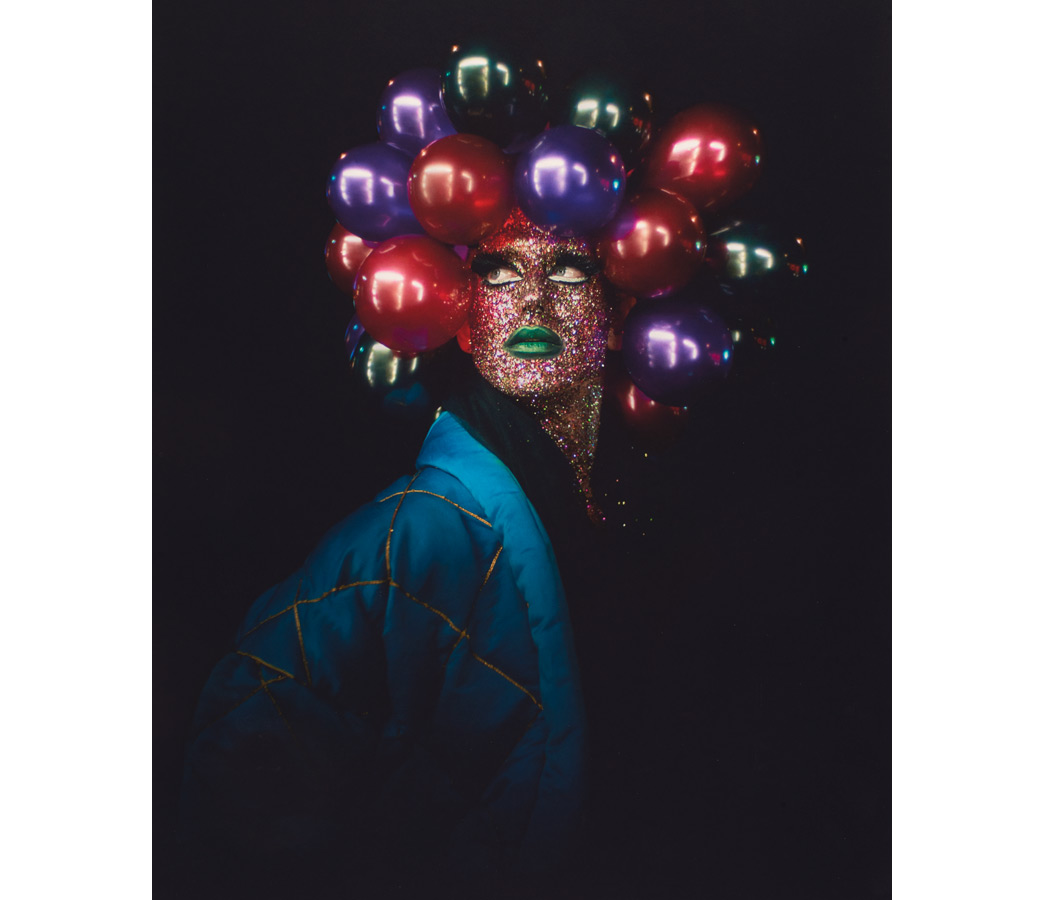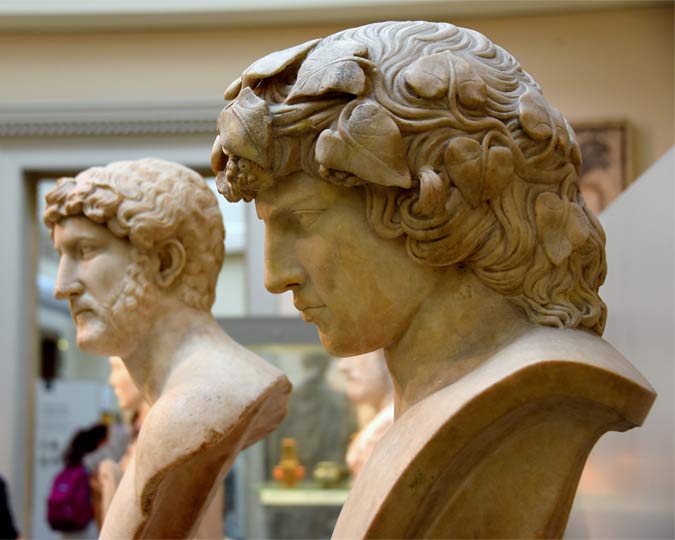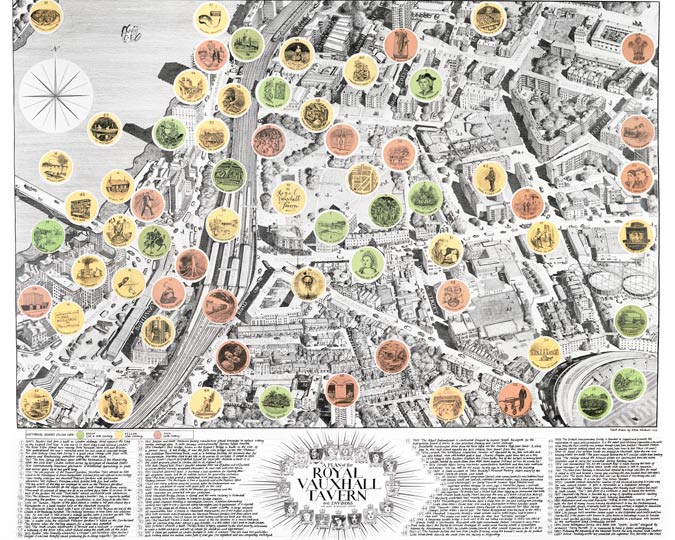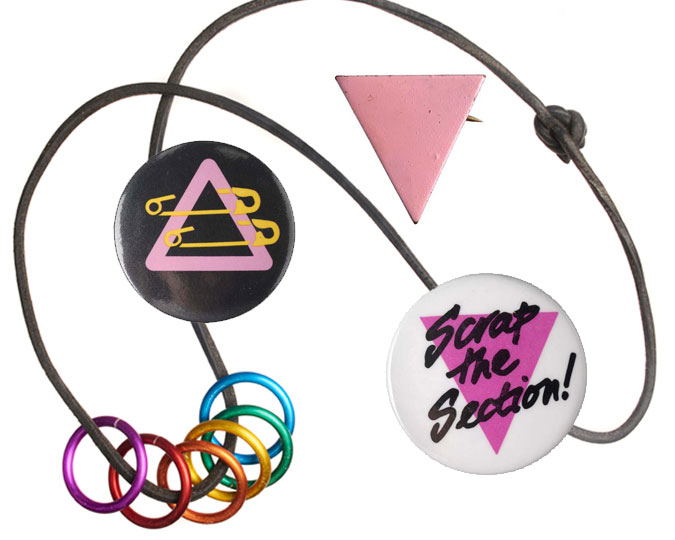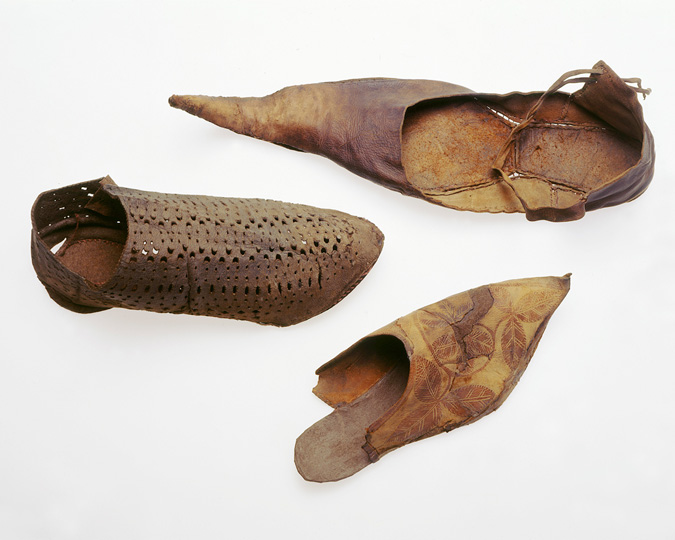After dark, the Night Flowers bloom: London's most fabulously dressed revellers. Curator of Photographs Jilke Golbach interviews photographer Damien Frost about his astonishing portraits of London's queer nightlife, captured in clubs and on street corners.
Photographer Damien Frost specialises in capturing London’s alternative nightlife. Published in 2016, the book Night Flowers included over 300 portraits of London’s night-time revellers, capturing a loose-knit society of drag kings and queens, club kids and queer artists. The Museum of London featured Frost’s photographs in our 2018 London Nights exhibition and has recently added several of his stunning portraits to our permanent collections.
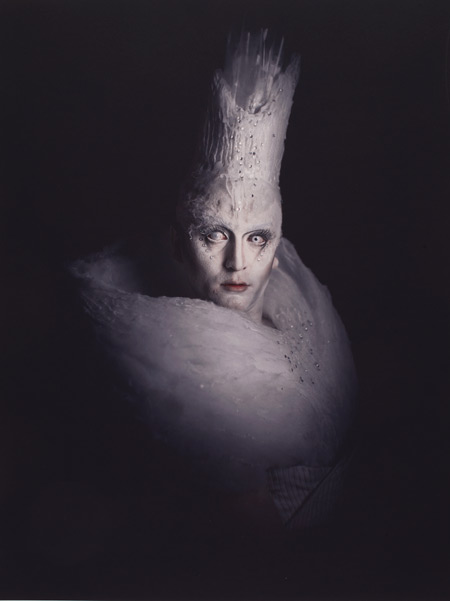
Luke Harris at Sink the Pink, 2014
© Damien Frost / Museum of London
Jilke Golbach, curator of photographs: Your portraits capture some of London’s most eccentric drag queens and alternative night clubbers as almost magical, otherworldly creatures. What is Night Flowers about and how did the project originate?
Damien Frost: It was totally accidental. I set myself a challenge to take a portrait a day for a year: 365 days of walking around the streets, taking a photo of a stranger who jumped out from the crowd. At the start I wasn’t even thinking of drag queens. I work in Soho and so I’d wander around at lunchtime or after work. I would have to take a photo of someone before I could go home – some nights I wouldn’t be getting home till like two in the morning. It was quite hard after a while. You’d get one photo a day that you’d be really happy with and think ‘I got it!’ but then you’d wake up the next morning and you have to do it all over again.
The later I would stay out finding someone to photograph the more I started to see drag queens and club kids. A theme started to develop and it built up from there. Eventually, after a few months, it started to feel like I was documenting a community. I liked the intense level of creativity that was going on. It was really inspiring.
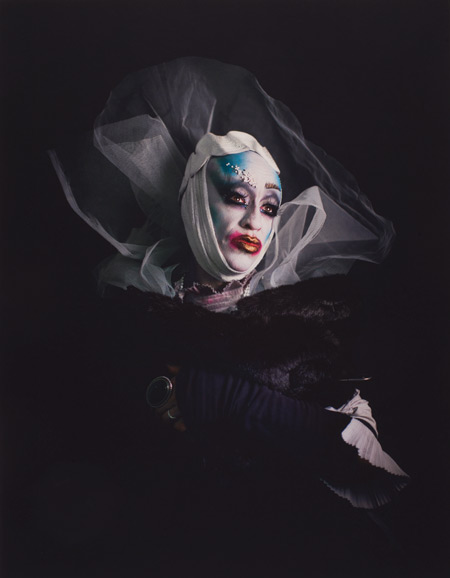
Dahc Dermur Vlll at KAOS, 2017
© Damien Frost / Museum of London
How do you choose your subjects – what constitutes a ‘night flower’ for you?
A lot of the drag that I am interested in photographing and documenting is not necessarily what I would call ‘straight drag’. With my photograph I am less focussed on capturing males passing as a female or vice versa, for me it is more fascinating when people are exploring this genderless world or third sex, something that goes beyond the male/female binary. One of the things I try not to do is to photograph people in fancy dress, but there can sometimes be a fine line between fancy dress and drag.
The project has moved into clubs since I first started a few years ago and now that I am not photographing on the streets so much anymore, I have become more particular about who I want to photograph. I might go to a party and there are not enough interesting looks to motivate me to set up my equipment. Or I think I have captured a certain look before. But there’s no telling really, sometimes I am almost going to say no to people who ask to be photographed and they end up being my favourite photos.
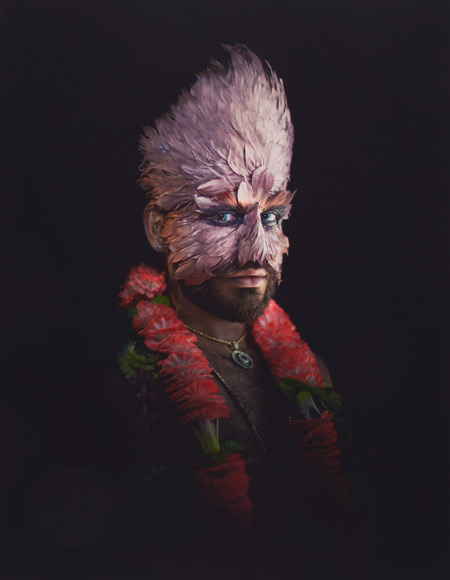
Nathan French on Bethnal Green Road, 2014
© Damien Frost / Museum of London
The way you work means that most encounters with your subjects are fleeting, but the drag scene is a pretty small world. You must bump into the same people now and again. Have you developed closer relationships with any of your subjects over time?
Definitely, a lot of the people I photograph have become friends now. Now when I go out taking photos it’s a social night out for me. And sometimes I recognise people walking down the street. You might notice someone’s lips even and then you realise it’s so and so out in their "boi" look. That’s quite interesting, recognising people outside of their drag, because they often look completely different.
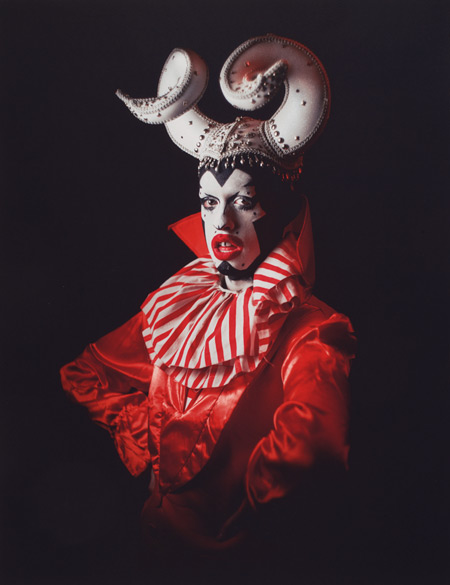
Sussi at Sink the Pink, 2016
© Damien Frost / Museum of London
There is a strong sense of theatricality in your work, not just because of your choice of subjects but because of how you compose your photographs. They look a bit like historical portrait paintings. What stylistic choices do you make?
I studied painting at university and I love Old Master paintings. I use a kind of classical Rembrandt light, because that is what I am influenced by. I feel that a lot of the dress worn by the people I photograph wouldn’t be out of place back then. Or even in Victorian times, with Dandyism and all that. This made me think about the poses in those classical paintings too and I began to wonder how I could produce something that feels timeless. I like the idea of taking portraits on the streets or in clubs that don’t look like they are taken there, so I started removing the backgrounds. What if someone looks back on these in 20 years’ time?
The lighting is also very important. When I started out, I was using available lighting on the streets. I was not going into venues and I did not carry a flash. Often one step would be to get people to agree to take their photo and the other step would be to find somewhere to take that photo. So I would say ‘do you mind if I just walk wherever you are going and we’ll see if we can find somewhere?’ Usually that place would be a shop window or a bus stop.
‘Bourgeoisie on Old Compton Street’ is a good example. The portrait was taken in front of the bottle shop on the corner of Old Compton Street and Wardour Street. That was a favourite spot for me. You can see the lights from the shop reflected in the balloons. The portrait of ‘Julius Reuben on Chalk Farm Road’ was taken at a bus stop on a rainy night. We walked the streets for ages trying to find the right spot. There was someone sitting just behind them waiting for a bus and the light is coming off the illuminated rolling adverts – we’d have to wait for the right colour ad to roll past.
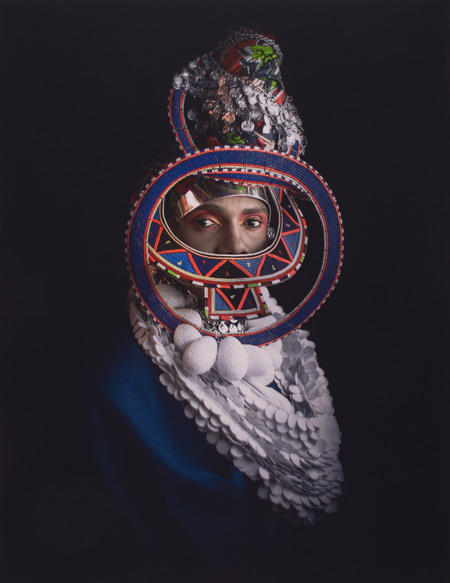
Julius Reuben on Chalk Farm Road, 2014
© Damien Frost / Museum of London
Night Flowers creates a picture of London as an inclusive, liberal city where individual expression and eccentricity are welcomed if not celebrated. Having spent a lot of time photographing London’s queer community, what are your thoughts on this?
One of the things that I always used to like about London, and still do, is that you can wear anything, you can walk down the streets in your pyjamas and people probably won’t bat an eyelid. But then you might be on the street taking someone’s photo and a person will walk past and just be so offended by how they are looking. Or they will shout ‘hey are you a girl or a boy?!’
There have been quite a few situations where I thought things were going to get a bit messy, and you hear of cases where people get beaten up. Or you hear stories in the club of people having a rough Uber ride with the driver questioning them in an uncomfortable way. It’s that kind of thing, when people don’t understand you, or you do not fit neatly into that box… they get agitated and take that out on others. So on the one hand London is really diverse and it does support individual expression and eccentricity, but the city is not as accepting and open as I used to think it was. I hear too many stories of people being attacked or abused or threatened.
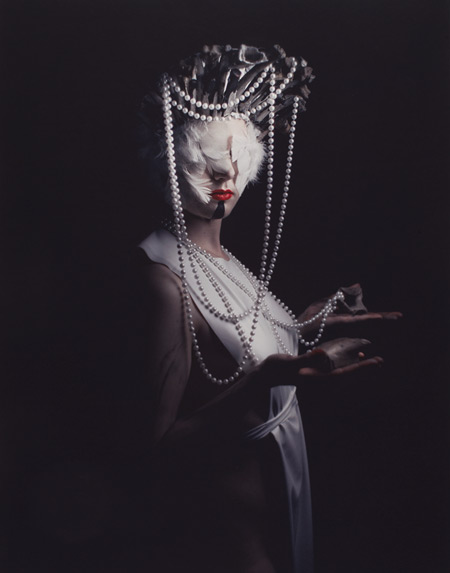
Cynth Icorn at C O V E N, 2016
© Damien Frost / Museum of London
Several photographs in our collection were taken during Sink the Pink, a popular LGBTQ+ and drag club night. In recent years, many queer-friendly night-time venues in the city have also closed down. What shifts have you observed?
There’s definitely been a move away from Soho, the commercialisation and gentrification has driven away a lot of clubs. There have been more clubs opening up east. Sink the Pink is almost like a family-friendly version because it’s so big now and they put on their own festivals and that is a big community and a great gateway to the scene. But then there’s always smaller nights popping up. And while it is definitely a bad thing that queer-friendly venues are shutting down, the drag culture is stronger, more particular than that. And a culture will always find a way to keep living.
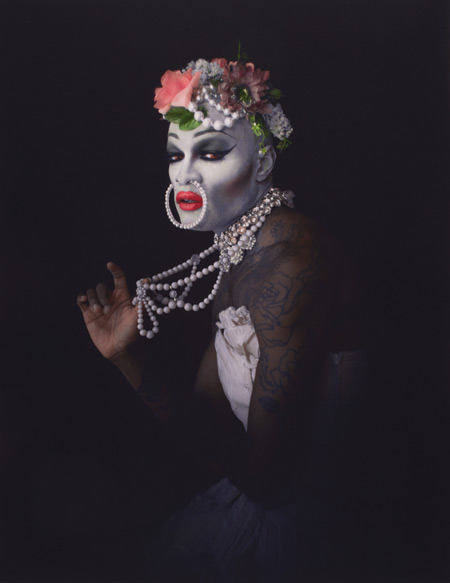
Imma/Mess on Berwick Street, 2015 © Damien Frost / Museum of London
© Damien Frost / Museum of London
Finally, what is currently the place to be in London for drag artists and alternative queer night life in London?
There was a really good night that went for just a year, called WIMP, but it finished in December. It had been a while since I had seen a night pop up where a lot of people would actively get dressed up. WIMP was at a place called The Yard in Hackney Wick, which has a lot of queer-friendly events on, and there is a techno night called Inferno on there too. For the Goth scene I might go to Monster Queen or Wraith, a fairly new but really exciting night.
One of the things too with my photos is that people from other countries would often think that in London there are so many people that get dressed up. And actually, it is not that many. There might be four people in a big look out on one particular night but you post four photos from that party and people might assume that everyone else is dressed like that!
Discover more LGBTQ+ stories from London's past. Celebrate LGBTQ+ History Month at the Museum of London with videos, articles and online events throughout February 2021.








